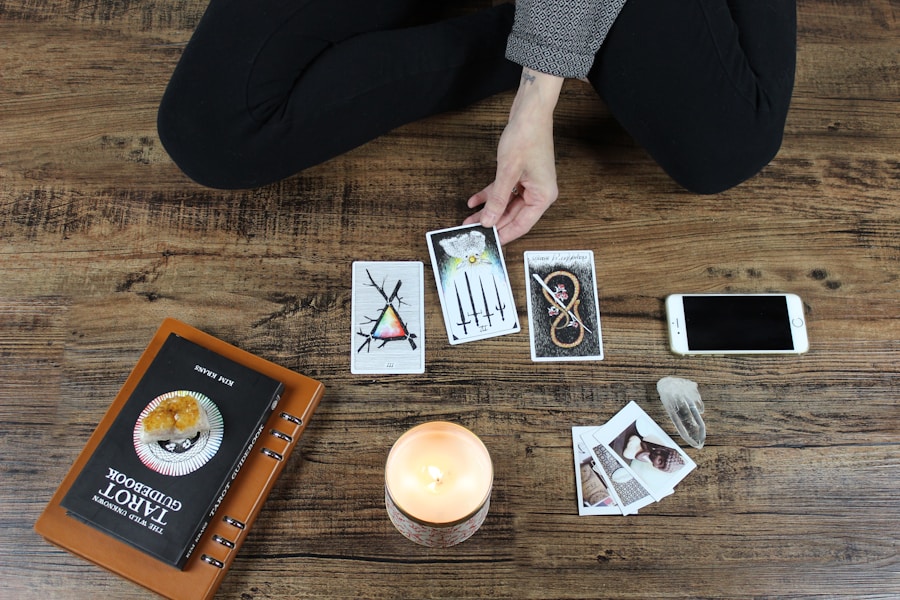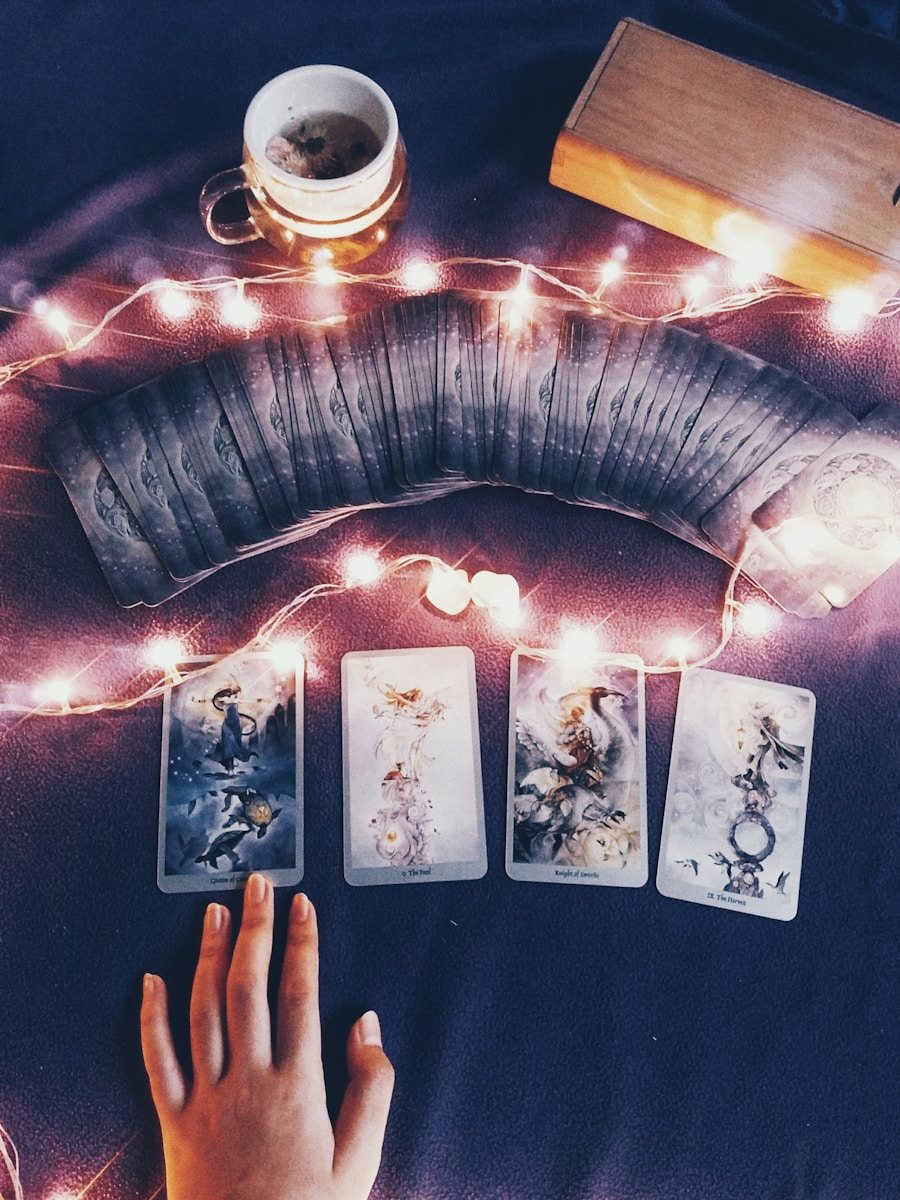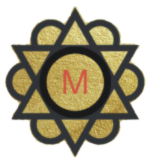
The tarot deck, a collection of 78 cards, is rich with symbolism that has captivated the minds of seekers and scholars alike for centuries. Each card is imbued with layers of meaning, often drawing from a variety of cultural, historical, and psychological influences. The Major Arcana, consisting of 22 cards, represents significant life themes and spiritual lessons, while the Minor Arcana, made up of 56 cards divided into four suits, reflects the everyday experiences and challenges we face.
The imagery on each card serves as a visual language, inviting interpretation and introspection. For instance, the Fool card symbolizes new beginnings and the potential for adventure, while the Tower represents upheaval and transformation, urging individuals to confront their fears and embrace change. The symbolism within tarot cards is not merely decorative; it serves as a conduit for deeper understanding.
Each card’s imagery is often steeped in archetypal motifs that resonate with universal human experiences. The High Priestess, for example, embodies intuition and the subconscious mind, encouraging individuals to trust their inner voice. The Wheel of Fortune signifies the cyclical nature of life, reminding us that change is inevitable and often beyond our control.
By engaging with these symbols, individuals can unlock insights about their own lives, tapping into a reservoir of wisdom that transcends time and culture. This rich tapestry of meaning allows tarot to function as both a mirror and a guide, reflecting our inner landscapes while illuminating paths forward.
Key Takeaways
- Tarot cards are rich in symbolism, each card representing different aspects of life and human experience.
- During times of transition, tarot cards can be used for self-reflection, helping individuals gain insight and clarity.
- Tarot readings can provide guidance and reassurance, offering a sense of direction and comfort during uncertain times.
- Embracing the concept of surrender and acceptance can be facilitated through tarot, allowing individuals to let go and trust the process of transition.
- Tarot practices can help cultivate mindfulness and inner peace, promoting a sense of calm and clarity during periods of change.
- Incorporating tarot insights into daily rituals can provide a framework for navigating transitions, offering support and guidance in everyday life.
Using tarot cards for self-reflection during transitions
Exploring Feelings and Aspirations
When faced with significant changes, individuals can draw cards to explore their feelings, fears, and aspirations. For example, someone contemplating a career shift might pull the Eight of Cups, which signifies leaving behind what no longer serves them in pursuit of deeper fulfillment. This card can prompt reflection on what aspects of their current situation are unsatisfactory and what they truly desire moving forward.
Fostering Mindfulness
Moreover, the act of shuffling and selecting cards can itself be a meditative practice that fosters mindfulness. As individuals engage with the tarot, they are encouraged to slow down and tune into their thoughts and emotions. This process can reveal underlying patterns or beliefs that may be influencing their decisions during transitions.
Cultivating Clarity and Confidence
By allowing the tarot to guide their self-reflection, individuals can cultivate clarity and confidence as they navigate the complexities of change. For instance, drawing the Hanged Man may suggest a need to pause and gain a new perspective before making any hasty choices.
Finding guidance and reassurance through tarot readings

In times of uncertainty or distress, many turn to tarot readings as a source of guidance and reassurance. The cards can provide insights that help individuals make sense of their circumstances and illuminate potential paths forward. A reading can serve as a conversation with one’s higher self or intuition, offering perspectives that may not be immediately apparent.
For example, drawing the Star card can instill hope and remind individuals that healing is possible even in challenging times. This card encourages trust in the universe’s timing and the belief that brighter days lie ahead. Additionally, tarot readings can help individuals articulate their concerns and desires more clearly.
When faced with difficult decisions or emotional turmoil, articulating questions for a reading can clarify what one truly seeks. A question like “What do I need to know about this transition?” invites the cards to reveal insights that resonate with one’s current state of mind. The resulting interpretations can provide comfort by affirming one’s feelings or suggesting new avenues to explore.
This process not only fosters self-awareness but also cultivates a sense of agency in navigating life’s uncertainties.
Embracing the concept of surrender and acceptance in transitions
Transitioning through life’s various phases often requires an element of surrender—an acceptance that some aspects are beyond our control. Tarot can play a pivotal role in helping individuals embrace this concept by highlighting the importance of letting go.
By confronting these symbols head-on, individuals can begin to understand that surrendering does not equate to defeat but rather opens the door to new possibilities. The process of surrendering can be challenging, especially when it involves releasing attachments to outcomes or expectations. Tarot encourages individuals to reflect on what they are holding onto that may be hindering their growth.
For instance, drawing the Four of Pentacles might indicate a tendency to cling to security or material possessions out of fear of loss. This card invites introspection about what it means to let go and trust in the flow of life.
Cultivating mindfulness and inner peace with tarot practices
Incorporating tarot into daily practices can significantly enhance mindfulness and foster inner peace. Engaging with the cards regularly encourages individuals to pause amidst the chaos of life and reflect on their thoughts and emotions. Simple rituals such as daily card pulls or journaling about drawn cards can create space for contemplation and self-discovery.
For example, pulling a card each morning can set an intention for the day ahead, guiding one’s focus toward specific themes or challenges. Moreover, tarot can serve as a tool for grounding oneself during turbulent times. When faced with stress or anxiety related to transitions, individuals can turn to their tarot deck for solace.
A spread designed for self-care might include cards representing self-compassion, boundaries, and nurturing energy. By reflecting on these cards’ meanings and how they apply to one’s current situation, individuals can cultivate a sense of calm amidst uncertainty. This practice not only enhances mindfulness but also reinforces the idea that inner peace is attainable through self-awareness and intentionality.
Incorporating tarot insights into daily rituals for navigating transitions

Cultivating Resilience and Clarity
By weaving tarot insights into daily rituals—whether through journaling, meditation, or intention-setting—individuals can cultivate resilience and clarity as they navigate life’s inevitable transitions. In conclusion, tarot serves as a multifaceted tool for understanding oneself during periods of change. Through its rich symbolism, it offers pathways for self-reflection, guidance, acceptance, mindfulness, and integration into daily life. As individuals engage with tarot practices during transitions, they not only gain insights into their circumstances but also foster a deeper connection with their inner selves—a journey that ultimately leads to greater empowerment and growth.
For further insights into finding peace in transitions, you may want to explore the article The Tarot Card Fool: Embracing New Beginnings and the Unknown. This article delves into the symbolism and meaning behind the Fool card in tarot, offering guidance on how to navigate uncertainty and embrace new opportunities with a sense of adventure and optimism. By understanding the lessons of the Fool card, you can gain valuable insights into how to find peace and balance during times of transition.
FAQs
What are tarot cards?
Tarot cards are a deck of 78 cards that are often used for divination, spiritual guidance, and self-reflection. Each card has its own imagery, symbolism, and meaning.
How can tarot cards offer insights for finding peace in transitions?
Tarot cards can offer insights for finding peace in transitions by providing guidance, clarity, and perspective during times of change. The cards can help individuals reflect on their current situation, understand the underlying emotions and energies at play, and gain a deeper understanding of the potential outcomes and opportunities in the transition.
Are tarot cards a form of fortune-telling?
While tarot cards are often associated with fortune-telling, their primary purpose is to provide guidance, self-reflection, and spiritual insight. The cards can help individuals explore their thoughts and emotions, gain clarity, and make empowered decisions, rather than predicting a predetermined future.
How can someone use tarot cards for finding peace in transitions?
To use tarot cards for finding peace in transitions, individuals can engage in a tarot reading or draw cards for themselves. They can then reflect on the imagery, symbolism, and meanings of the cards in relation to their current transition, and use the insights gained to find inner peace, clarity, and empowerment during the process of change.
Are tarot cards associated with any specific religion or belief system?
Tarot cards are not associated with any specific religion or belief system. They have been used by individuals from various spiritual and cultural backgrounds for centuries, and can be interpreted and utilized in alignment with different belief systems or personal philosophies.






